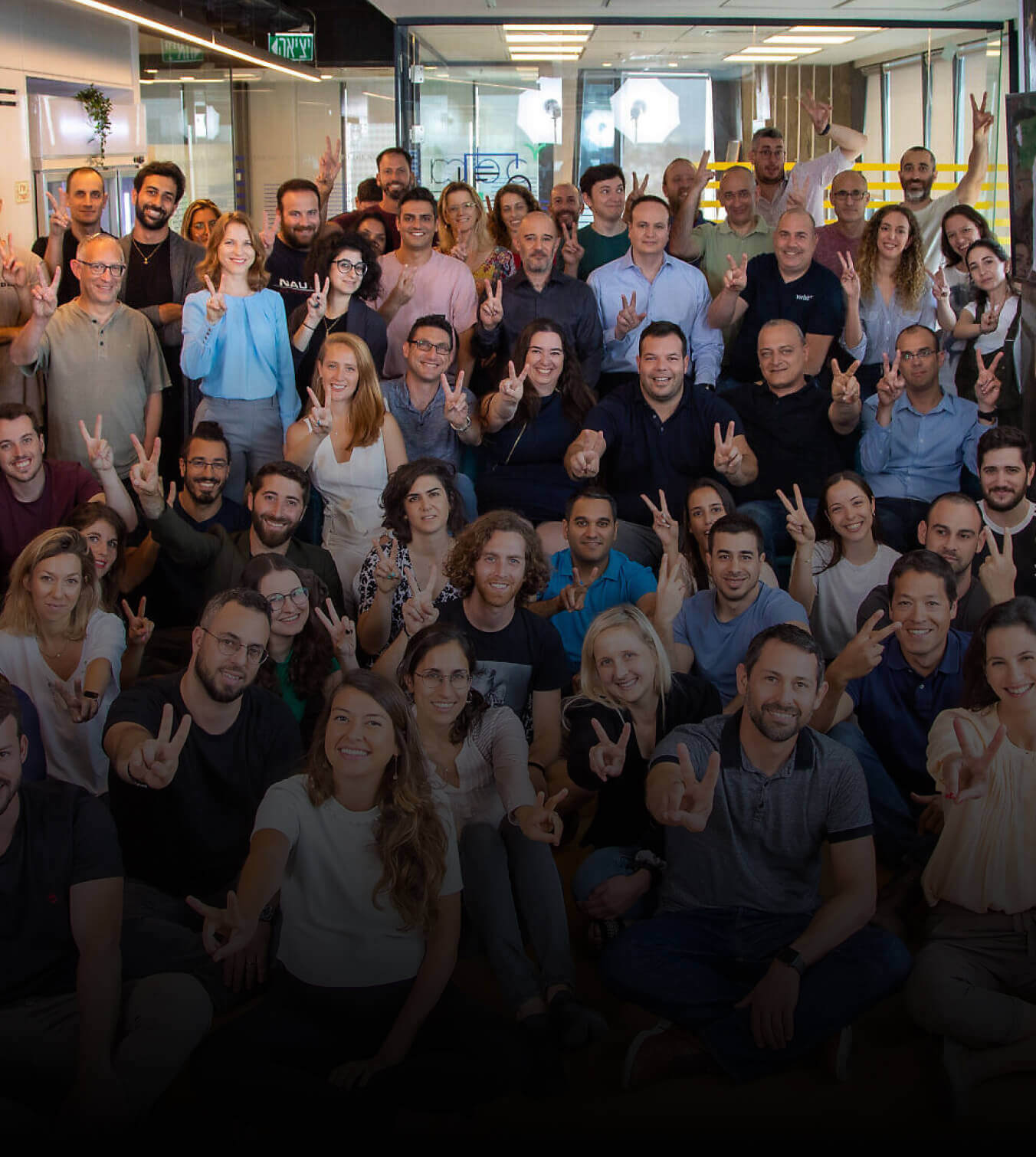The idea of building an artifact that can perform tasks perceived as human intelligence requirements is a great and advantageous attraction. The tasks that have been studied from this point of view include specific applications, translation and language comprehension, fault diagnosis, robotics and provision of expert advice on various topics.
In this regard, it should be noted that database administration systems, for example, patented the achievement of becoming increasingly sophisticated and their structure and the development of data insertion, deletion and location algorithms, as well as the creation of more tools capable of performing tasks that are thought of as typical of the human brain, they coined the birth of the term artificial intelligence in 1956.
The systems of this scientific discipline are tools that can be used in different fields of the company, optimizing processes and reducing costs from the selection of the suitable personnel to occupy a specific position or to the precise analysis of the market.
From Zazz we suggest different ways for your company to achieve the best use of this discipline:
Market Analysis
If there is something that Facebook has taught us, it is that you can get to know a person a lot by analyzing what you publish, that is why certain companies have developed tools that allow you to review personality profiles of potential clients, to know how to communicate with them. How these systems operate is by linking people’s interests with the services or products that your company offers. Information about user preferences is obtained by crossing the pages they have visited with clicks on advertising and their publications about tastes or preferences in social networks.
Informatics security
For many companies, the information they store on their servers is not only important, but it is also vital for the development of the organization. Filing cyber-criminal databases is a priority for companies, especially when part of the income depends on them. In this regard, actions that use artificial intelligence can monitor and control in real-time potential cyber threats and notify immediately. In this way, the IT department can act ahead of the threat, thus protecting the most important information for your company.
Management
The administration of events and meetings has always been a task that requires attention and often, skill. What at first glance may seem like a second job, is a task that directly affects how time is being managed and if the management is in line with the priorities that have been determined important for the company. In this area, personal assistants managed by Smart Bots have been developed that can organize and work the calendar according to recurring behaviors that can be configured remotely from the mobile or PC.
Importance of Artificial Intelligence
As the world becomes more complex, we must use our material and human resources more efficiently, and to achieve this, the help offered by computers is needed.
There is a false impression that one of the goals of artificial intelligence is to replace human workers and save money. But in the world of business, most people are more excited at the new opportunities before the abatement costs. Besides, the task of completely replacing a human worker encompasses the difficult to the impossible, since it is not known how to provide AI systems with all that capacity to perceive, reason and act that people have. However, because humans and intelligent systems have complementary skills, they could support and execute joint actions:
- In agriculture, control pests and manage crops more efficiently.
- In factories, carry out dangerous assemblies and tedious activities (inspection and maintenance work).
- In medicine, help doctors make diagnoses, monitor the condition of patients, administer treatments and prepare statistical studies.
- In domestic work, provide advice on diets, purchases, supervision, and management of energy consumption and home security.
- In schools, support the training of students, especially in those areas considered complex.
- Assist experts in solving complex problems or designing new devices.
- Learn from the examples to explore databases in search of exploitable regularities.
- Provide answers to questions in natural language using structured data and free text.
Applied artificial intelligence is the engineering counterpart of cognitive science and complements its traditional perspectives. Cognitive science is a mixture of psychology, linguistics, and philosophy.
The methodology and terminology of artificial intelligence are still under development. Artificial intelligence is dividing and finding related fields: logic, neural networks, programming object-oriented, formal languages, robotics, etc. This explains why the study of artificial intelligence is not confined to mathematics, the science of computing, engineering, or cognitive science, but each of these disciplines is a potential contributor.
Artificial Neural Networks
The Artificial Neuron
The Artificial neuron can be represented as an electrical circuit that performs the weighted sum of the different signals that it receives from other equal units and produces at the output a one or a zero according to the result of the sum about the threshold or trigger level.
In an artificial neuron, electrical signals are sent & received.
The response is produced by the active circuit or transfer function that is part of the body of the neuron. The “dendrites” carry the electrical signals to the body of the same. These signals come from censors or are exits from neighboring neurons. The signals by dendrites can be positive or negative voltages; Positive voltages contribute to the excitation of the body and negative voltages contribute to inhibit the response of the neuron.
Differences between the brain and a computer
The most important and decisive difference occurs how the storage of information in the brain and the computer.
Computer: The data is stored in memory locations that are cells isolated from each other. So when you want to access a memory location you get the data from this cell. Without the village memory positions being taken for granted.
Brain: The management is different. When we look for information, we don’t need to know where it is stored and we can’t know it since nobody knows where the data is stored until today.
But it is not necessary either because it is enough for us to think about the content or meaning of the information so that a mechanism, whose operation nobody knows, automatically provides not only the desired information but also the neighboring information, that is, data that of a or another way they refer to what is sought.
Experts have conceived a series of technicalities so that the incomprehensible is somewhat more understandable. Thus, our system for storing information is called associative memory. This expression wants to imply that humans do not memorize data by dissecting them in cells, but by the association of ideas; that is, interrelating contents, meanings, models.
Around the world but especially in the United States and Japan, expert scientists try to find the key to associative memory. If a memory chip were built according to the human model, science would take a giant step in the fascinating race towards artificial intelligence. And also the baggage of human knowledge would be automatically enriched.
A supercomputer called brain
The man needs a data processing system multipurpose capable of treating a large number of very different information and in no time and with the highest practical sense (but not necessarily exactly) to immediately be able to act accordingly. Computers, on the other hand, are highly specialized with the ability to accurately process very specific information (in principle only numbers) following given instructions.
The human brain has more than ten million neurons which are already present at birth as time goes by they become inactive, although they can die massively.
Our thinking organ consumes 20 Watts/hour of biochemical energy, which corresponds to one tablespoon of sugar per hour. Home computers consume a similar amount. The oxygen and food needs are enormous compared to the rest of the human body: almost a fifth of all blood flows through the brain to supply oxygen and nutrients. The total memory capacity is difficult to quantify, but it is estimated to be between 10th 12 and 10th 14 bits.
The data information density of a brain has not yet been artificially overcome and in terms of data transmission speed, despite the slowness with which it transmits each isolated pulse, it is also not disadvantaged, thanks to its system parallel processing: the information collected by one eye represents 10th 16 bits per second.
According to all indications, the brain has two data storage mechanisms: the buffer accepts five to ten units of information, although it only keeps them for a few minutes. The final memory keeps the information for a lifetime, which does not mean that we can always remember everything. Immediate memory works like a continuous tape space: information circulates in the form of electrical impulses through the registers. The system is comparable to the dynamic memory of a computer, in which the information has to be continuously refreshed so that it is not lost. On the other hand, the definitive memory seems to resemble rather the well-known cell memory of computers. It is believed that this memory works thanks to chemical formations of the proteins present in the human brain.
Conclusions
Within the scope of Computer Science, Artificial Intelligence is one of the areas that cause the greatest expectation, even within society in general, because the search to understand the mechanisms of intelligence has been the philosophical stone of the work of many scientists for many years and it still is.
The traditional methods in Artificial Intelligence that allowed the development of the first expert systems and other applications, has gone hand in hand with technological advances and borders have been constantly expanding every time an achievement, considered impossible at the time, becomes made possible by advances throughout the world, even generating a new work mentality that does not recognize physical or political boundaries. It is understood as a common effort.
Of the various techniques, expert systems are the most traditional and the one with the greatest implementation, especially in financial institutions, which use them to analyze credit risk, etc., Most of the expert systems are based on classification rules, which are obtained from the experience accumulated by one or several human experts. However, in recent years a new methodology has begun to be applied, the case-based systems (case-based reasoning), in which the analysis of each new company is carried out by approximation to the most similar case of those existing in the base of knowledge.
The functions performed by a human brain are imitated by artificial intelligence. Like the neural networks, networks of communities have been formed that are related through electronics, The Internet helps improve relations between the world’s great markets, and is the great cause of globalization.
Most of the problems to which the Genetic Algorithms are going to be applied are non-linear, so nature should be our guide to solve them. Although intuitively it may seem the least successful way.
When it comes to decision-making tools, it’s key to remember that they are designed to simplify & streamline operations in the business. While support tools like those offered by an AI app development company like Zazz are indeed helpful, it’s ultimately the decision-makers who hold the responsibility for accurate and effective decision-making. By utilizing these tools intelligently, decision-makers can make informed choices that benefit both the business & its stakeholders.
Recent Articles
Zazz.io Recognized as a Top Mobile...
When it comes to mobile app development and digital transformation...
Impact Of Google Bard on Mobile...
Artificial Intelligence has caused an irreplaceable disruption in almost every...
Cost of Building a Real Estate...
100 million+ homes listed in some of the most preferred...










